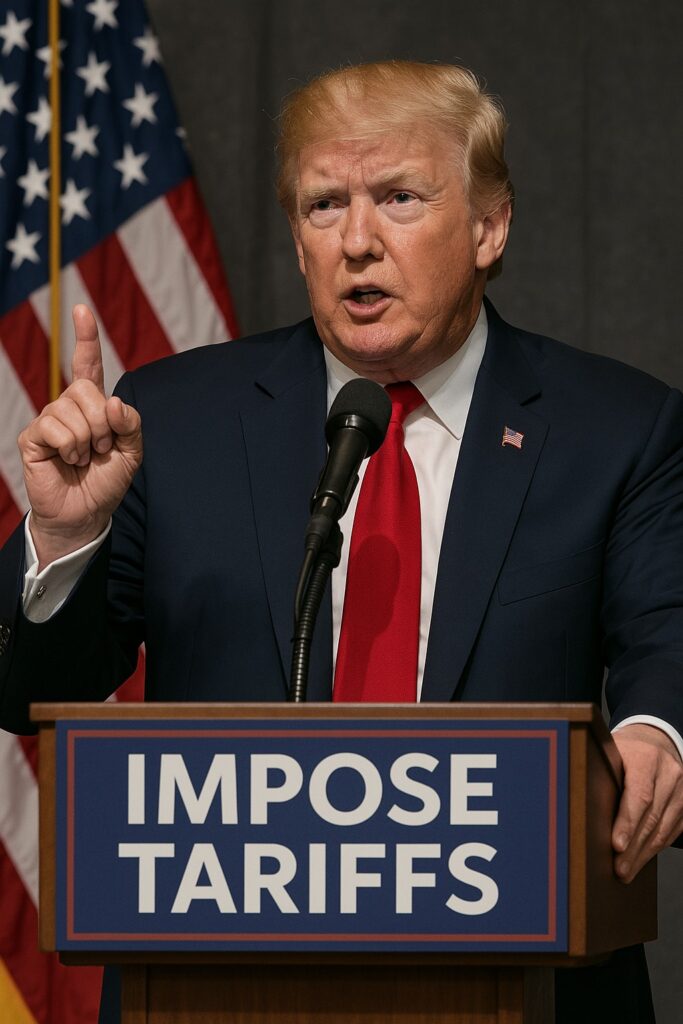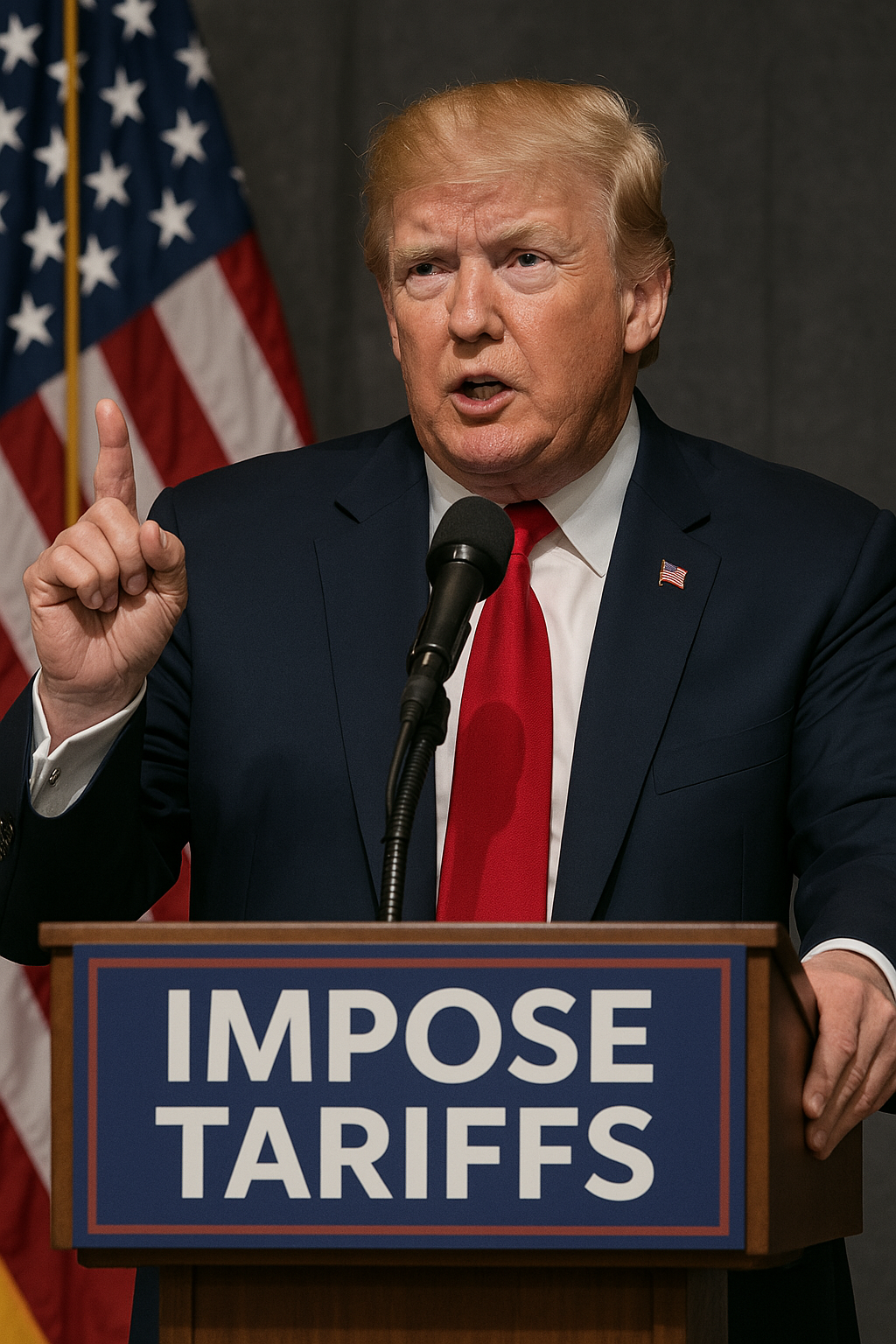
President Donald Trump has announced sweeping new reciprocal tariffs targeting over 20 countries, including key U.S. allies and BRICS members, in a bold move rattling global markets and reigniting trade tensions. The July 20 rollout marks a strategic escalation to restore what Trump calls “America’s economic sovereignty” after decades of trade deficits and lopsided deals.
🔧 The Tariff Breakdown
- Japan, South Korea, Malaysia: 25% tariffs on exports to the U.S.
- Indonesia, Thailand, Bangladesh: 32–36% tariffs
- Brazil: Threatened with a 50% import tax, directly tied to Bolsonaro’s legal troubles
- New targets: Philippines, Sri Lanka, Brunei, and others received letters dictating steep tariff rates
Trump’s executive order, signed July 7, extends the tariff deadline to August 1, giving countries a narrow window to negotiate bilateral deals. The administration insists these measures are necessary to correct systemic imbalances and protect American workers, farmers, and manufacturers.
📉 Economic Shockwaves: Markets responded with unease:
- Dow Jones fell 0.94%
- S&P 500 dropped 0.79%
- Nasdaq Composite slid 0.92%
Business leaders warn of supply chain disruptions and inflationary pressure, especially in sectors reliant on imports from Asia and Latin America. Brazilian agribusiness groups, traditionally aligned with conservative politics, have condemned the tariffs as “unacceptable blackmail.”
🗣️ Political Fallout: The tariffs have had unintended consequences abroad. In Brazil, Trump’s pressure appears to have backfired, boosting President Lula’s popularity amid Bolsonaro’s deepening legal woes. Lula has rallied public support by framing the tariffs as a sovereignty issue, donning a “Sovereign Brazil Unites Us” cap and declaring, “A gringo will not give orders to this president”.
In Washington, Trump remains defiant. “These tariffs are far less than needed to eliminate the trade deficit disparity,” he wrote in letters to foreign leaders. He’s also warned that countries aligning with BRICS could face an additional 10% tariff.
🔍 Strategic Lens This isn’t just about economics—it’s a geopolitical chess move. By weaponising tariffs, Trump is signalling a shift from multilateralism to bilateral leverage, forcing nations to choose between U.S. alignment or economic penalty. It’s a high-stakes gamble that could redefine global trade norms and test America’s diplomatic resilience.
.




